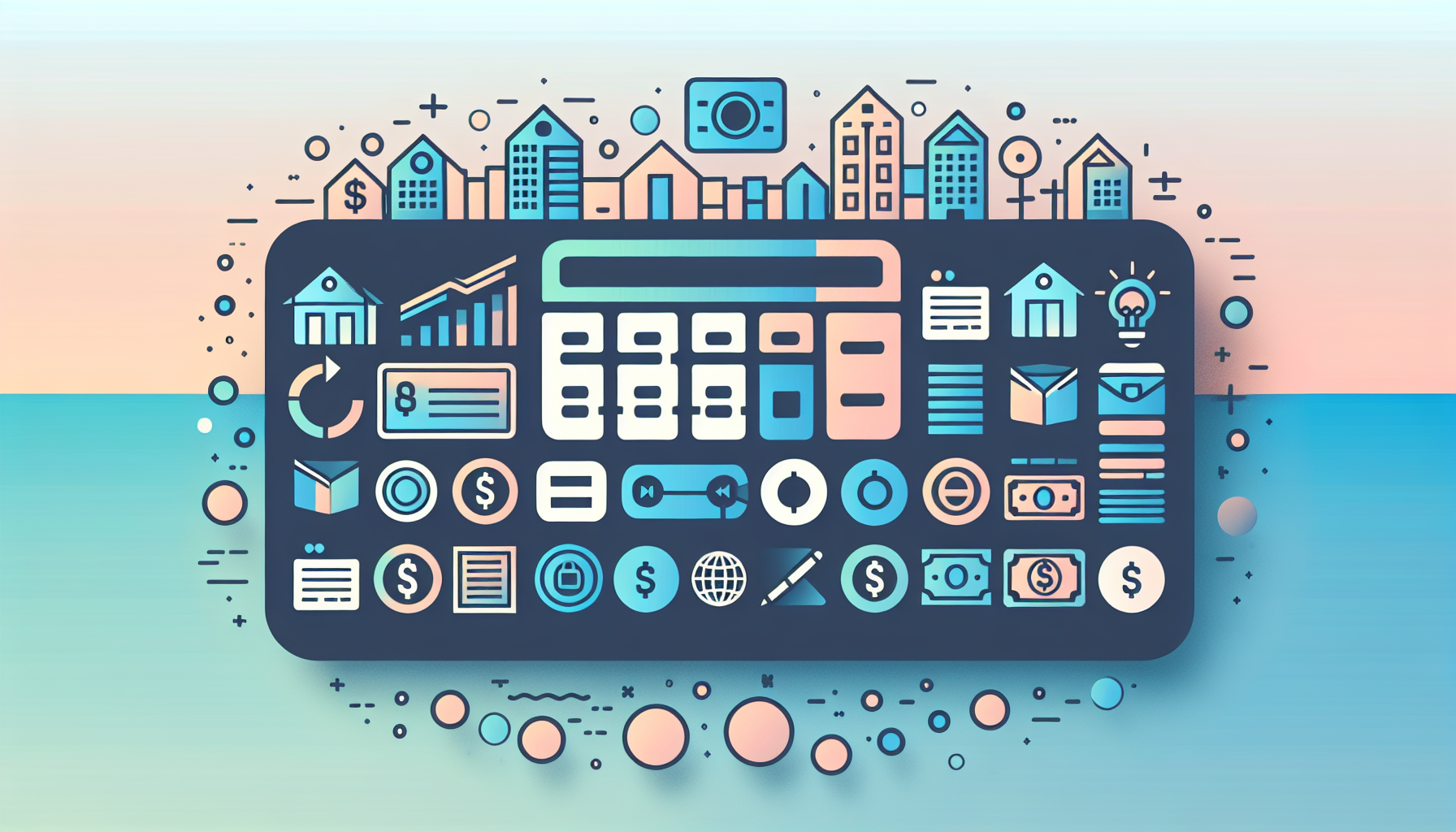How to Use API Integrations With Mortgage Plugins

In today's digital age, the integration of mortgage plugins with third-party APIs has transformed the real estate and mortgage industry. These integrations not only enhance the user experience but also streamline processes, making it easier for lenders to manage loans and for borrowers to find the best mortgage options. In this article, we will explore how API integrations with mortgage plugins work and how they can be leveraged to improve business operations.
Enhancing Mortgage Experiences with API Integrations
APIs (Application Programming Interfaces) serve as the backbone of digital integration, allowing different systems to communicate with each other seamlessly. When it comes to mortgage plugins, APIs can be used to fetch real-time mortgage rates, integrate with loan origination systems, and automate various processes involved in the mortgage lifecycle.
Benefits of API Integrations
API integrations offer several benefits, including:
- Real-time Data: APIs can provide real-time mortgage rates, allowing lenders to display the most current information on their websites.
- Streamlined Processes: By automating tasks like loan applications and underwriting, lenders can reduce manual errors and increase efficiency.
- Enhanced User Experience: Integrating mortgage plugins with APIs can provide users with a more comprehensive and user-friendly experience.
Real-World Examples
Mortech
Mortech offers a pricing engine that allows mortgage professionals to access current pricing information across multiple sources. Their API can be integrated into websites or mobile apps, enabling real-time updates and enhancing sales support. This integration can be completed in as little as two weeks, making it a fast and efficient solution for mortgage professionals.
Lender Price
Lender Price provides a cloud-native mortgage pricing and underwriting solution. Their platform supports retail, wholesale, and correspondent options, offering custom integrations to help users integrate the platform into their existing systems. This flexibility is crucial for mortgage professionals who need to adapt to varying business requirements.
Zillow
Zillow offers a JSON API for retrieving current mortgage rates, allowing lenders to display the latest average rates on their websites. This API supports both default and customized loan criteria, providing flexibility in how lenders can use the data. The API is easy to integrate, with resources available for developers to understand its functionality better.
Custom API Real Estate Integrations
Custom API integrations are essential for real estate and mortgage companies looking to tailor their services to specific needs. These integrations can be used to connect with third-party services, enhancing the functionality of mortgage plugins.
Third-Party Integrations
Here are some ways third-party integrations can enhance mortgage plugins:
- Loan Origination: Integrating with loan origination systems like Finastra's Mortgagebot can streamline the application and closing process, reducing time and increasing efficiency.
- Credit Reporting: APIs can be used to automate credit reporting, reducing manual errors and speeding up the approval process.
- Mortgage Insurance: Integrating with mortgage insurance providers can provide users with more comprehensive options for their mortgage needs.
Case Studies
A notable example of successful API integration is a global bank's mortgage integration project, where APIs were used to standardize mortgage processes across different business units. This resulted in a more streamlined and customer-centric experience for mortgage activities.
Implementing API Integrations with Mortgage Plugins
Implementing API integrations with mortgage plugins requires careful planning and understanding of both the API and the plugin. Here are some steps to consider:
- Choose the Right API: Select an API that aligns with your business needs, whether it's for real-time mortgage rates or loan origination.
- Integrate the API: Use APIs like Zillow's to fetch current mortgage rates or Finastra's Mortgagebot for streamlined loan origination processes.
- Test and Deploy: Ensure thorough testing of the integration to avoid any errors or downtime.
- Monitor Performance: Regularly monitor how the integration is performing and make adjustments as needed.
To simplify the process of integrating mortgage APIs, consider using platforms like MuleSoft that offer API-led connectivity solutions. These platforms can help manage complex integrations and ensure seamless data exchange between different systems.
Conclusion and Next Steps
Incorporating API integrations with mortgage plugins can significantly enhance the efficiency and user experience of mortgage services. By leveraging real-time data and automating processes, lenders can improve their competitiveness in the market. If you are looking to integrate APIs with your mortgage plugin, consider reaching out to experts who can guide you through the process. For more information on how to enhance your mortgage website with modern tools, visit WP Ultimate Loan & Mortgage Calculator. To discuss further how API integrations can benefit your business, feel free to contact us.











